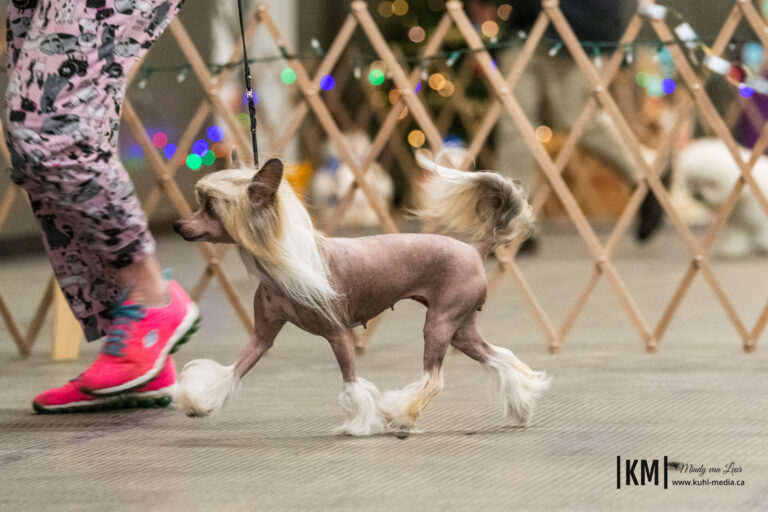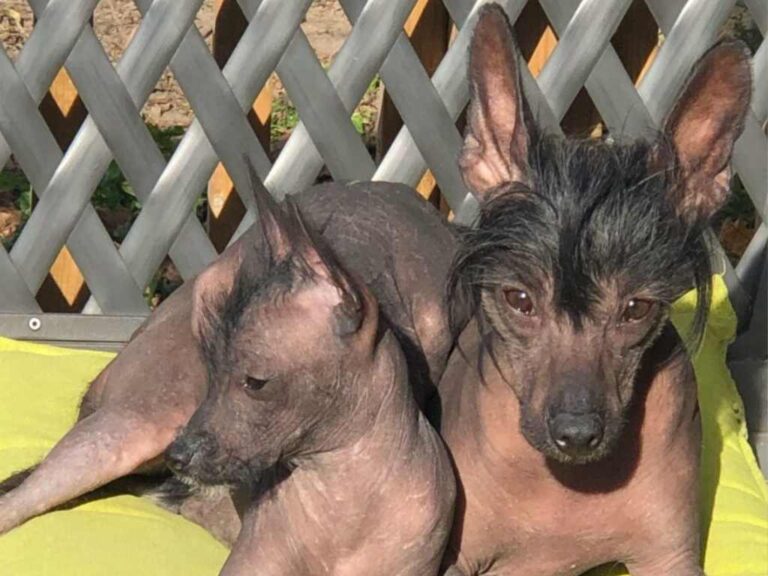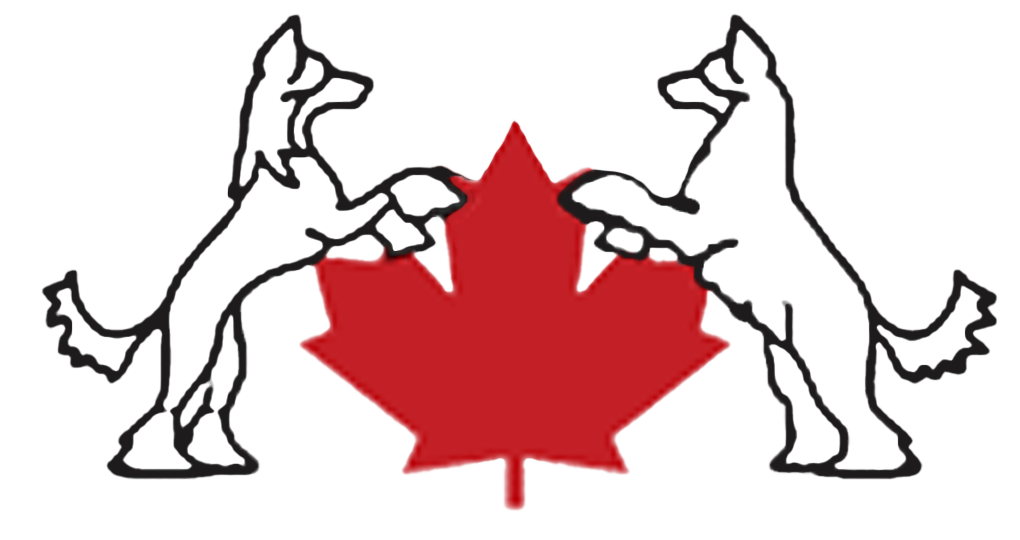

The Hairless Mutation
A team of European scientists, led by Tosso Leeb of the University of Berne in Switzerland, had been searching for years for the genetic roots of the Chinese crested’s hairlessness and its abnormal dentition.
Recent research has finally revealed that the hairless mutation results from the insertion of seven letters of genetic code, named FOXI3, into a gene on chromosome 17. This error turns a coated dog into a hairless. Analysis of DNA samples from 140 hairless dogs (Xolos, Peruvian Inca Orchids and Chinese Cresteds) and 87 coated dogs confirmed that every coated dog in the study lacked the mutation, and every hairless dog possessed one copy. Researchers were unable to find a single instance of a matched pair of genes containing this seven letter DNA duplication.
The most accurate and revealing study on the mechanics of dominant hairlessness was conducted by the famed British researcher Dr. Roy Robinson in the 1980s. Based on litter records submitted by British Chinese Crested breeders over several years Robinson concluded that the hairless trait is an autosomal semi dominant mutation. The new research confirms his findings.
The defining trait of both of these breeds is due to a major mutation, which originally provided an environmental adaptive response. Hairlessness is a common spontaneous mutation that occurs randomly in most mammalian species. When it first occurred in a canine population in Western Mexico, it must have provided an advantage. It’s unlikely that Colima Indians would have had the means or desire to artificially perpetuate a fancy or detrimental trait. This advantage could have included increased resistance to external parasites and an extremely high tolerance for heat. Contrary to popular belief, these breeds DO NOT have sweat glands in their skin. They pant to dissipate excess body heat like any other dog. They do however, have a much higher than average tolerance for heat.
Selective breeding has increased the number of hair follicles and some hairless Cresteds now possess an extremely dense coat, but only the Powderpuff variety should have a double coat.
Excess body hair has become more common in Cresteds because of consistent selection for coat density and longer, coarser, stronger coat texture. This can range from fully coated legs and a ridge of hair running the length of the back, to a complete coat that thins out over the abdomen. The Powderpuff has no thin or bare areas of coat and the undercoat should not be thinned or stripped out and the coat should not be scissored or sculpted.
Hairless dogs darken or tan when exposed to the sun. Slate and blue dogs will turn a deep blue/black. Pink and liver shades will become darker bronze or mahogany. However, even when dark, there will be some lighter and darker variations in the skin colour.
